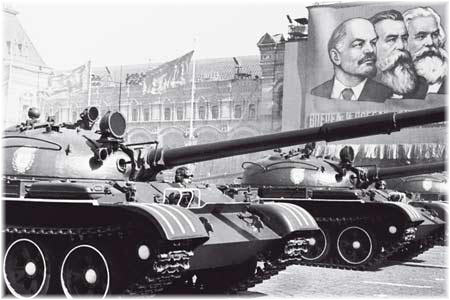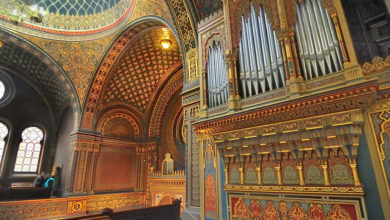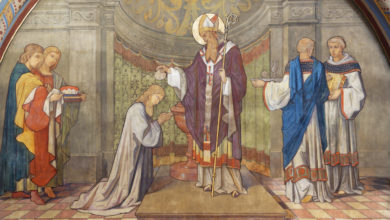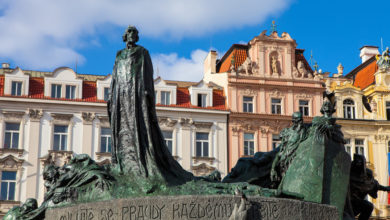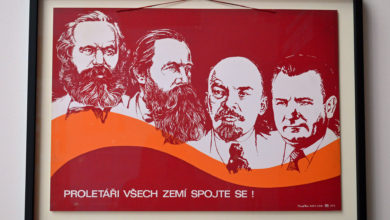Prague Spring 1968
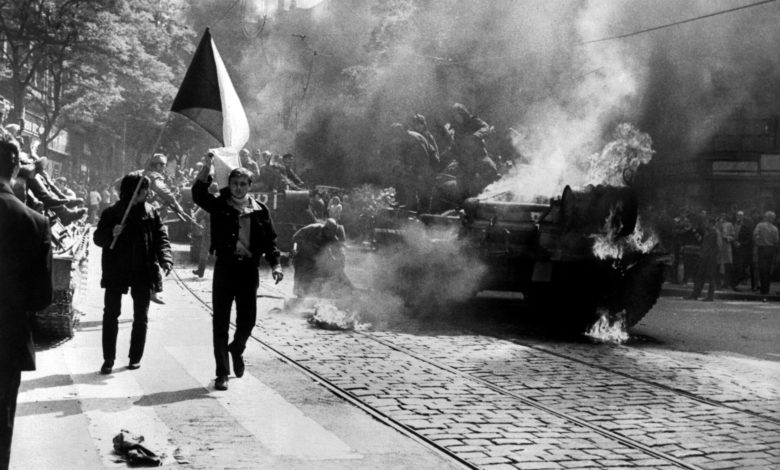
Early in 1968, Antonín Novotný – a politician known for his hard-line stance – was replaced as the First Secretary of the Communist Party by the reformist figure of Alexander Dubček, a Slovak. This appointment of a man who had risen through the ranks of the Communist Party undoubtedly shocked the leaders in Russia. Perhaps the most shocking part of his beliefs was that he nearly went as far as to suggest that Czechoslovakia be transformed into a social-democratic state, which would obviously be a massive move away from the Communist ideals.
The public gave massive support to this idea, which was dubbed “Socialism with a public face”, but the people that really mattered – the other politicians and the leaders in Moscow – were less than impressed. As the government’s grip became looser, though, the people of Czechoslovakia responded with an outburst of never before seen antics: the artistic community rose, the anti-Moscow sentiment came into the public eye, and the dispersal of political ideas became commonplace. Freedom from the Communist shackles seemed like it was finally realized, and the public never thought it would end as the 1960s wore on.
Unexpectedly though, the party was ended abruptly in August 1968, when the powerful Soviets decided that they were tired of this atmosphere that had engulfed Czechoslovakia. They were concerned not just with the fact that these events were occurring but also with the fact that they could well spread to other Communist countries and therefore threaten the fabric of Communism throughout the whole of Europe. To counter this, the Soviets sent 500,000 into Czechoslovakia to quash the public’s newly found freedom. Tanks were seen sat up in Wenceslas Square in a huge show of force, and brave men and women could be seen trying in vain to fight back this foreign force – either through violent means or through the peaceful occupation of various areas of the country.
By no means was the Soviet invasion a bloodless one, as there were numerous casualties and deaths throughout the time. At the same time, Dubček and his team of supporters were summoned to Moscow, coerced into ending their policies. Although Dubček remained in power upon his return, the real influence now lay elsewhere – Dubček was now the epitome of a puppet ruler. Despite this, though, resistance continued by the public in Czechoslovakia, which reached its chilling height in January 1969, when a man named Jan Palach set himself ablaze in Wenceslas Square, a political protest that cost him his life.
Even as a puppet leader, Dubček did not last for long. In April 1969, he was replaced by a candidate far more acceptable to Moscow, a man named Gustav Husák. This appointment led to a massive crackdown on the kind of liberal freedoms that had been enjoyed during the past couple of years and led to many of the country’s greatest artists, and intellectuals emigrating before the borders were closed by the regime.
In the following months and years, Husák cleansed the party of all those who had exhibited support for the movement and went about centralizing power back to the government. He also extended the powers of the fearsome secret police. Czechoslovakia also agreed that it would observe the Communist views held in exchange to provide a good standard of living. This was the case until 1989 when the Velvet Revolution sprang into life.
Audio Player
